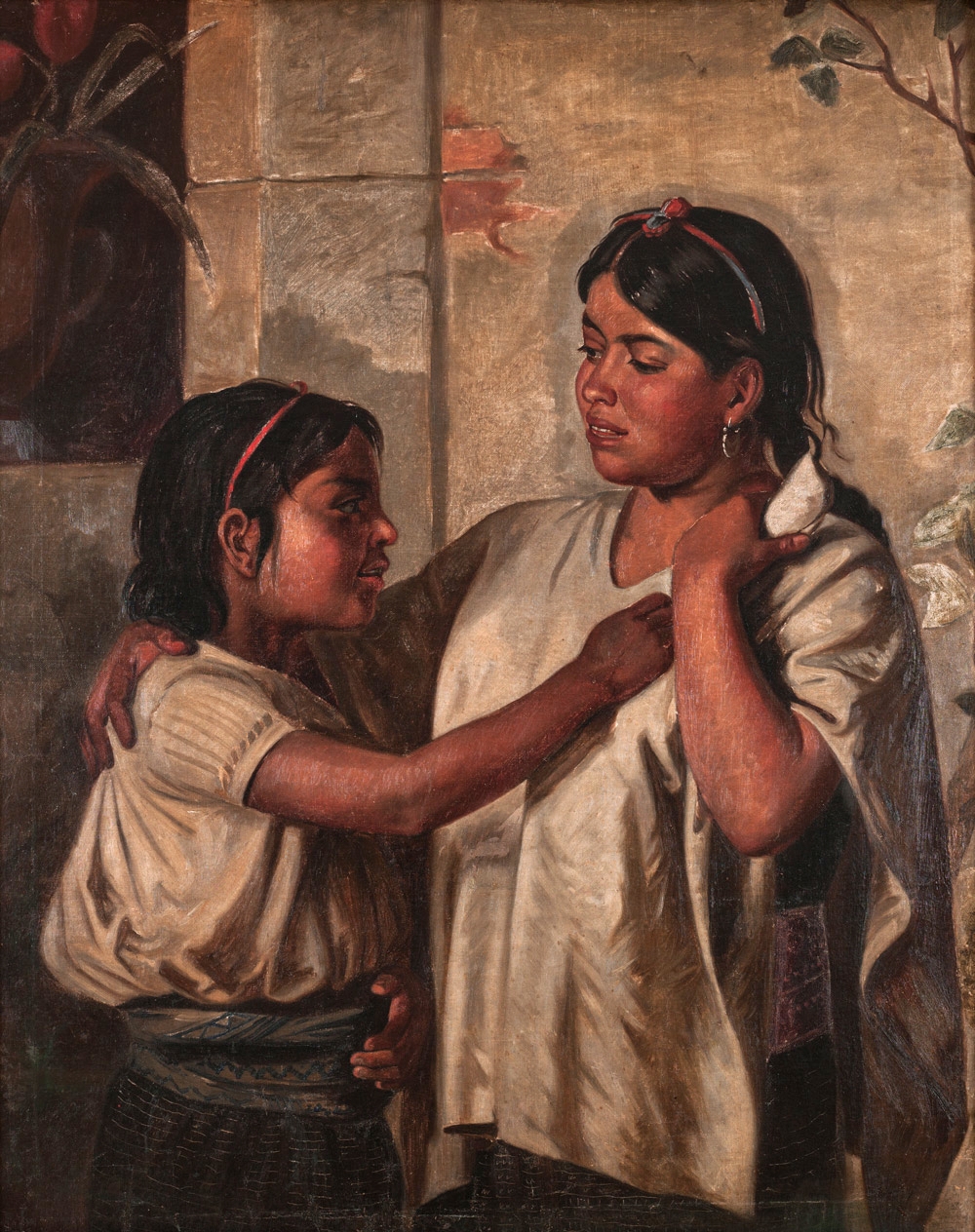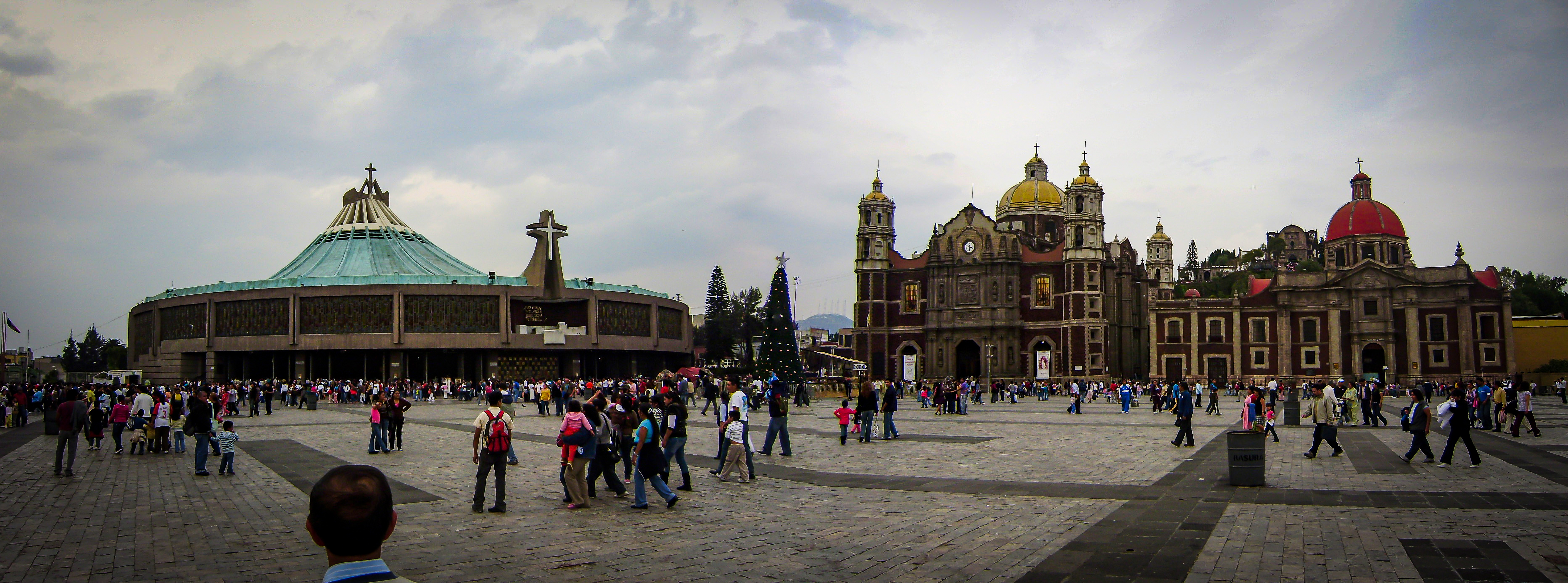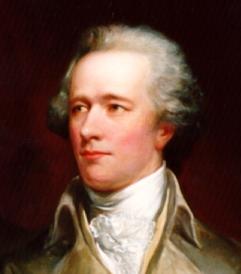|
1857 Constitution
The Political Constitution of the Mexican Republic of 1857 (), often called simply the Constitution of 1857, was the liberal constitution promulgated in 1857 by Constituent Congress of Mexico during the presidency of Ignacio Comonfort. Ratified on February 5, 1857, the constitution established individual rights, including universal male suffrage, and others such as freedom of speech, freedom of conscience, freedom of the press, freedom of assembly, and the right to bear arms. It also reaffirmed the abolition of slavery, debtors' prisons, and all forms of cruel and unusual punishment such as the death penalty. The constitution was designed to guarantee a limited central government by federalism and created a strong national congress, an independent judiciary, and a small executive to prevent a dictatorship. Liberal ideals meant the constitution emphasized private property of individuals and sought to abolish common ownership by corporate entities, mainly the Catholic Church an ... [...More Info...] [...Related Items...] OR: [Wikipedia] [Google] [Baidu] |
Mexico
Mexico, officially the United Mexican States, is a country in North America. It is the northernmost country in Latin America, and borders the United States to the north, and Guatemala and Belize to the southeast; while having maritime boundary, maritime boundaries with the Pacific Ocean to the west, the Caribbean Sea to the southeast, and the Gulf of Mexico to the east. Mexico covers 1,972,550 km2 (761,610 sq mi), and is the List of countries by area, thirteenth-largest country in the world by land area. With a population exceeding 130 million, Mexico is the List of countries by population, tenth-most populous country in the world and is home to the Hispanophone#Countries, largest number of native Spanish speakers. Mexico City is the capital and List of cities in Mexico, largest city, which ranks among the List of cities by population, most populous metropolitan areas in the world. Human presence in Mexico dates back to at least 8,000 BC. Mesoamerica, considered a cradle ... [...More Info...] [...Related Items...] OR: [Wikipedia] [Google] [Baidu] |
Right To Arms
The right to keep and bear arms (often referred to as the right to bear arms) is a legal right for people to possess weapons (arms) for the preservation of life, liberty, and property. The purpose of gun rights is for self-defense, as well as hunting and sporting activities. Countries that guarantee a right to keep and bear arms include Albania, Czech Republic, Guatemala, Mexico, the Philippines, Switzerland, Ukraine, the United States and Yemen. Background The English Bill of Rights 1689, passed in the aftermath of the Glorious Revolution which overthrew the Catholic King James II, allows Protestant citizens of England and Wales to "have Arms for their Defence suitable to their Conditions and as allowed by Law." This restricted the ability of the English Crown to have a standing army or to interfere with Protestants' right to bear arms "when Papists were both Armed and Imployed contrary to Law" and established that Parliament, not the Crown, could regulate the right to bea ... [...More Info...] [...Related Items...] OR: [Wikipedia] [Google] [Baidu] |
Catholicism
The Catholic Church (), also known as the Roman Catholic Church, is the List of Christian denominations by number of members, largest Christian church, with 1.27 to 1.41 billion baptized Catholics Catholic Church by country, worldwide as of 2025. It is among the world's oldest and largest international institutions and has played a prominent role in the history and development of Western civilization.Gerald O'Collins, O'Collins, p. v (preface). The church consists of 24 Catholic particular churches and liturgical rites#Churches, ''sui iuris'' (autonomous) churches, including the Latin Church and 23 Eastern Catholic Churches, which comprise almost 3,500 dioceses and Eparchy, eparchies List of Catholic dioceses (structured view), around the world, each overseen by one or more Bishops in the Catholic Church, bishops. The pope, who is the bishop of Rome, is the Papal supremacy, chief pastor of the church. The core beliefs of Catholicism are found in the Nicene Creed. The ... [...More Info...] [...Related Items...] OR: [Wikipedia] [Google] [Baidu] |
Indigenous Peoples Of Mexico
Indigenous peoples of Mexico (), Native Mexicans () or Mexican Native Americans (), are those who are part of communities that trace their roots back to populations and communities that existed in what is now Mexico before the arrival of Europeans. The number of Indigenous Mexicans is defined through the second article of the Constitution of Mexico, Mexican Constitution. The Censo General de Población y Vivienda, Mexican census does not classify individuals by race, using the Culture, cultural-Ethnic group, ethnicity of Indigenous communities that preserve their Indigenous languages, traditions, beliefs, and cultures. As a result, the count of Indigenous peoples in Mexico does not include those of mixed Indigenous and European heritage who have not preserved their Indigenous cultural practices. Genetic studies have found that most Mexicans are of partial Indigenous heritage. According to the National Indigenous Institute (INI) and the National Institute of Indigenous Peoples (C ... [...More Info...] [...Related Items...] OR: [Wikipedia] [Google] [Baidu] |
Catholic Church In Mexico
The Mexican Catholic Church, or Catholic Church in Mexico, is part of the worldwide Catholic Church, under the spiritual leadership of the Pope, his Roman Curia, Curia in Rome, and the national Mexican Episcopal Conference. According to the Mexican census, Roman Catholicism is the dominant religion in Mexico, practiced by 77.7 percent of the population in 2020. A Statistica survey suggests this number could be a little lower, suggesting Catholics could make up 72 percent of the nation. The history of the Catholic Church in Mexico dates from the period of the Spanish conquest of the Aztec Empire (1519–1521) and it has continued as an institution in Mexico into the twenty-first century. In the late 20th century, Eastern Catholic Churches, Eastern Catholic jurisdictions were also established in Mexico. In many parts of the country, Catholic Christianity is heavily syncretized with folk customs; and Aztec, Maya religion, Mayan, and other pre-Columban religions. History The h ... [...More Info...] [...Related Items...] OR: [Wikipedia] [Google] [Baidu] |
Private Property
Private property is a legal designation for the ownership of property by non-governmental Capacity (law), legal entities. Private property is distinguishable from public property, which is owned by a state entity, and from Collective ownership, collective or cooperative property, which is owned by one or more non-governmental entities. Private property is foundational to capitalism, an economic system based on the private ownership of the means of production and their operation for Profit (economics), profit. As a legal concept, private property is defined and enforced by a country's political system. History The first evidence of private property may date back to the Babylonians in 1800 BC, as evidenced by the archeological discovery of Plimpton 322, a clay tablet used for calculating property boundaries; however, written discussions of private property were not seen until the Persian Empire, and emerged in the Western tradition at least as far back as Plato. Before the 1 ... [...More Info...] [...Related Items...] OR: [Wikipedia] [Google] [Baidu] |
Dictatorship
A dictatorship is an autocratic form of government which is characterized by a leader, or a group of leaders, who hold governmental powers with few to no Limited government, limitations. Politics in a dictatorship are controlled by a dictator, and they are facilitated through an inner circle of elites that includes advisers, generals, and other high-ranking officials. The dictator maintains control by influencing and appeasing the inner circle and repressing any opposition, which may include rival political parties, armed resistance, or disloyal members of the dictator's inner circle. Dictatorships can be formed by a Coup d'état, military coup that overthrows the previous government through force or they can be formed by a self-coup in which elected leaders make their rule permanent. Dictatorships are Authoritarianism, authoritarian or Totalitarianism, totalitarian, and they can be classified as military dictatorships, One-party state, one-party dictatorships, personalist dictat ... [...More Info...] [...Related Items...] OR: [Wikipedia] [Google] [Baidu] |
Executive (government)
The executive branch is the part of government which executes or enforces the law. Function The scope of executive power varies greatly depending on the political context in which it emerges, and it can change over time in a given country. In democratic countries, the executive often exercises broad influence over national politics, though limitations are often applied to the executive. In political systems based on the separation of powers, government authority is distributed between several branches to prevent power from being concentrated in the hands of a single person or group. To achieve this, each branch is subject to checks by the other two; in general, the role of the legislature is to pass laws, which are then enforced by the executive, and interpreted by the judiciary. The executive can also be the source of certain types of law or law-derived rules, such as a decree or executive order. In those that use fusion of powers, typically parliamentary systems, such as th ... [...More Info...] [...Related Items...] OR: [Wikipedia] [Google] [Baidu] |
Judicial Independence
Judicial independence is the concept that the judiciary should be independent from the other branches of government. That is, courts should not be subject to improper influence from the other branches of government or from private or partisan interests. Judicial independence is important for the idea of separation of powers. Different countries deal with the idea of judicial independence through different means of judicial selection, that is, choosing judges. One method seen as promoting judicial independence is by granting life tenure or long tenure for judges, as it would ideally free them to decide cases and make rulings according to the rule of law and judicial discretion, even if those decisions are politically unpopular or opposed by powerful interests. This concept can be traced back to 18th-century England. In some countries, the ability of the judiciary to check the legislature is enhanced by the power of judicial review. This power can be used, for example, by manda ... [...More Info...] [...Related Items...] OR: [Wikipedia] [Google] [Baidu] |
Federalism
Federalism is a mode of government that combines a general level of government (a central or federal government) with a regional level of sub-unit governments (e.g., provinces, State (sub-national), states, Canton (administrative division), cantons, territorial, territories, etc.), while dividing the powers of governing between the two levels of governments. Two illustrative examples of federated countries—one of the world's oldest federations, and one recently organized—are Australia #Government and politics, Australia and Federated States of Micronesia, Micronesia. Johannes Althusius (1563–1638), is considered the father of modern federalism, along with Montesquieu. In 1603, Althusius first described the bases of this political philosophy in his ''Politica Methodice Digesta, Atque Exemplis Sacris et Profanis Illustrata''. By 1748, in his treatise ''The Spirit of Law'', Montesquieu (1689-1755) observed various examples of federalist governments: in corporate societies, i ... [...More Info...] [...Related Items...] OR: [Wikipedia] [Google] [Baidu] |
Capital Punishment
Capital punishment, also known as the death penalty and formerly called judicial homicide, is the state-sanctioned killing of a person as punishment for actual or supposed misconduct. The sentence (law), sentence ordering that an offender be punished in such a manner is called a death sentence, and the act of carrying out the sentence is an execution. A prisoner who has been sentenced to death and awaits execution is ''condemned'' and is commonly referred to as being "on death row". Etymologically, the term ''capital'' (, derived via the Latin ' from ', "head") refers to execution by Decapitation, beheading, but executions are carried out by List of methods of capital punishment, many methods, including hanging, Execution by shooting, shooting, lethal injection, stoning, Electric chair, electrocution, and Gas chamber, gassing. Crimes that are punishable by death are known as ''capital crimes'', ''capital offences'', or ''capital felonies'', and vary depending on the jurisdic ... [...More Info...] [...Related Items...] OR: [Wikipedia] [Google] [Baidu] |






